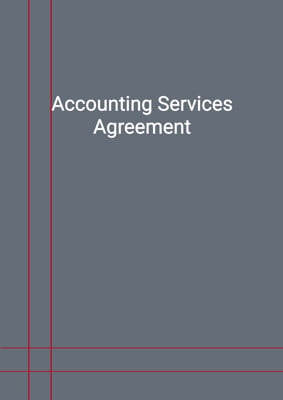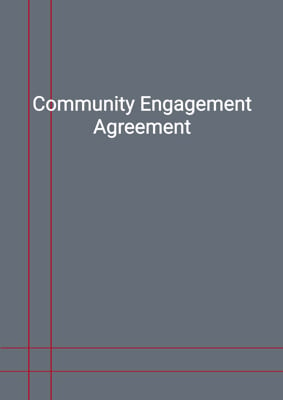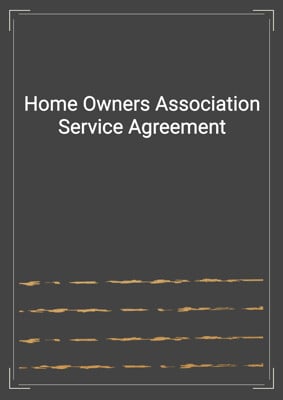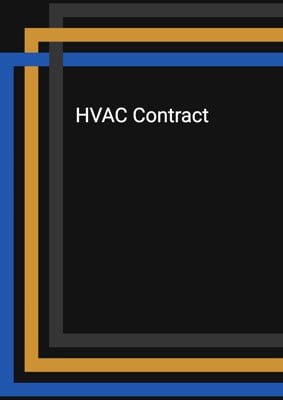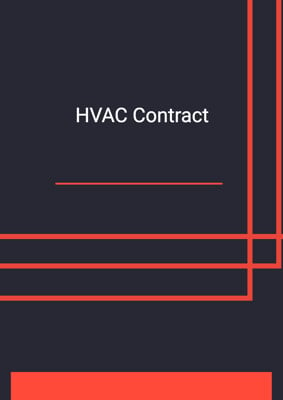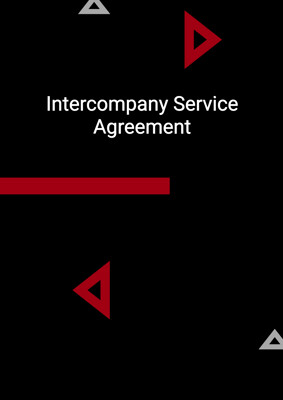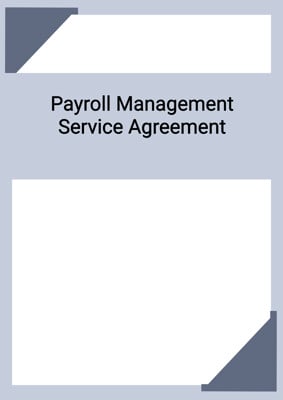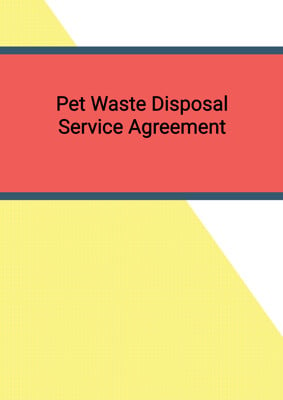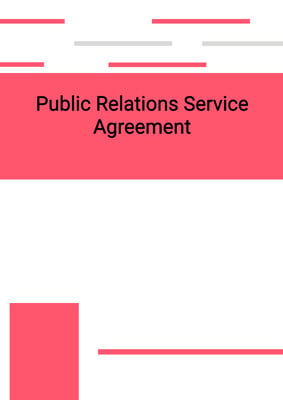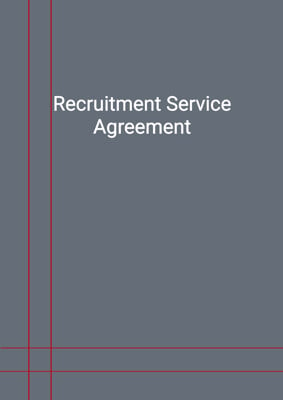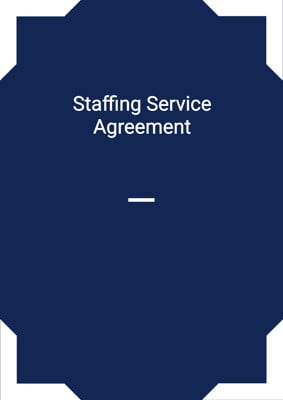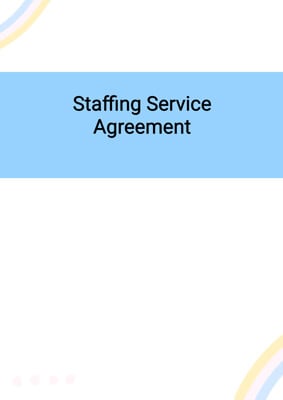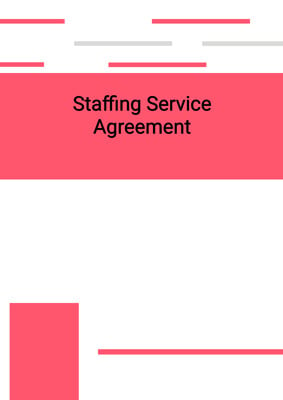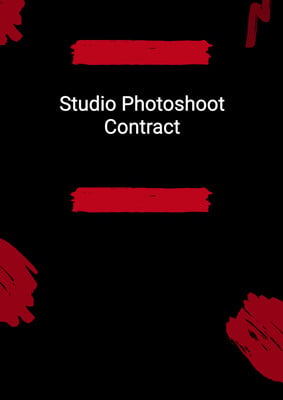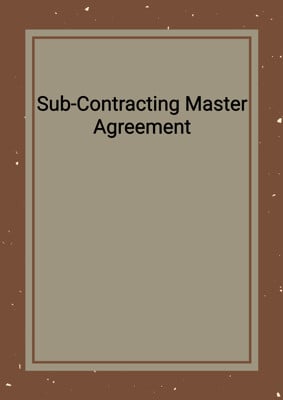How to Tailor the Document for Your Need?
01
Create Document
Fill in the details of the parties. You can click the "Fill with Member’s Information" button to complete it with information saved to your account.
02
Fill Information
Please fill in any additional information by following the step-by-step guide on the left hand side of the preview document and click the "Next" button.
03
Get Document
When you are done, click the "Get Document" button and you can download the document in Word or PDF format.
04
Review Document
Please get all parties to review the document carefully and make any final modifications to ensure that the details are correct before signing the document.
Document Preview
Document Description
With flourishing technological development, companies that provide any kind of service often have a website for potential customers to view. In order to stand out from the fierce competition, an appealing website is an effective tool. This derives the demand for web design, and thus a web design agreement. It is a legally binding document between a company providing web design service and a client, outlining the terms and conditions of such a service. Generally, this agreement details on information such as project scope, timeline, payment terms, legal terms, etc.
By outlining all the details of the provision of service, it ensures both parties are acting professionally in a timely manner, protecting each other interests. One crucial aspect of this agreement is the clause pertaining to the ownership of materials, as it is essential to respect intellectual property rights in the creative work involved.
How to use this document?
To use this Service Agreement - Web-Designing Agreement, follow these steps:
1. Provide information: Enter the Contractor's and Customer's information in the agreement, including their principal place of business. This ensures that both parties are clearly identified.
2. Specify price and completion date: Clearly specify the agreed price and completion date of the work to be carried out by the Contractor. This will ensure that both parties are aware of the expectations and deadlines.
3. Describe services: Clearly describe the type(s) of services to be provided by the Contractor. This ensures that both parties are aware of the scope of work and can avoid any misunderstandings.
4. Agree on length of warranty and time of payment: Both parties should agree on the length of warranty and time of payment after the completion of the work. This ensures that both parties are aware of the payment terms and the length of the warranty.
5. Specify damages: If the work is not completed by the completion date, specify the amount of damages per week that the Customer is entitled to. This ensures that both parties are aware of the consequences of non-completion.
6. Review the schedule: Agree on the schedule for the delivery of deliverables. This will help both parties track the progress of the project.
7. Discuss credit: If the Customer is required to credit the Servicer on certain deliverables, agree on the manner of crediting.
8. Understand completion of work: Both parties should understand that time is of the essence, and prompt and timely performance of all obligations is required.
9. Discuss service fees: Agree on the service fee and the payment schedule. The Servicer will invoice the Customer prior to the payment date.
10. Discuss expenses: If the Servicer incurs any expenses not included in the service fee, agree on how these expenses will be handled. The Servicer will submit an invoice itemizing each expense.
11. Address disputes: If there is a dispute with an invoice, the Customer should notify the Servicer in writing within 5 business days from the date of receipt. The parties should seek to resolve disputes expeditiously and in good faith.
12. Provide necessary supplies and equipment: The Customer is responsible for furnishing their own supplies and equipment unless otherwise agreed upon.
13. Provide content: The Customer should provide any necessary content or materials in which they have a proprietary or intellectual property interest.
14. Obtain licenses and insurance: The Servicer should obtain any necessary licenses and maintain appropriate insurance coverage.
15. Understand warranties, representations, and indemnities: Both parties should understand their respective warranties, representations, and indemnities.
16. Acknowledge disclaimer of warranties: The Customer should acknowledge that the Servicer does not guarantee any specific results from the website design services.
17. Review term and termination: Understand the duration of the agreement and the circumstances under which it can be terminated.
18. Address ownership of materials: The Servicer reserves intellectual property rights in the deliverables but grants the Customer a license to use them.
19. Maintain confidentiality: Both parties should keep the terms of the agreement and any confidential information disclosed during the arrangement confidential.
20. Seek approval for announcements/publicity: Any announcements or disclosures related to the agreement should be approved by both parties.
21. Understand amendment: Any variations to the agreement must be in writing and signed by the parties.
22. Address assignment: The Customer cannot assign the agreement or subcontract the performance without the Servicer's written consent.
23. Consider severability: If any provision of the agreement is deemed illegal or unenforceable, the parties should negotiate a valid substitute provision.
24. Ensure further assurance: Both parties should perform all acts and execute all documents necessary to implement and give effect to the agreement.
25. Understand force majeure: Neither party will be liable for any failure or delay in performing obligations due to causes outside their reasonable control.
26. Note no rights for third parties: The agreement does not confer any rights on third parties.
27. Review arbitration and proper law: The parties should attempt to resolve disputes amicably, and the agreement is subject to the proper law and jurisdiction specified.
28. Follow notice and service requirements: Any notices should be served in accordance with the specified methods and addresses.
29. Execute the agreement: The agreement should be signed by authorized representatives of both parties in counterparts.
Not the right document?
Don’t worry, we have thousands of documents for you to choose from:

